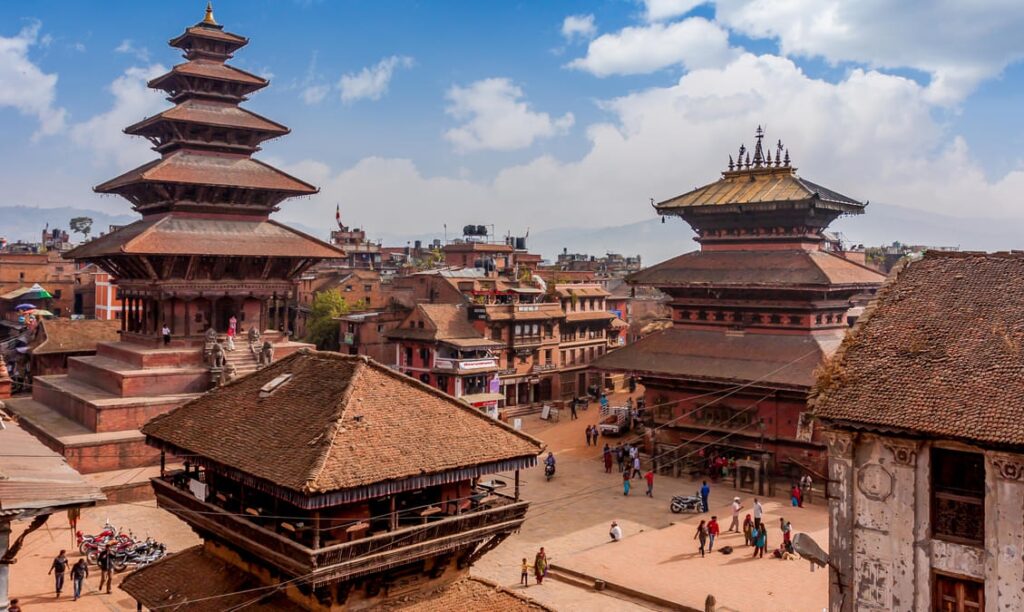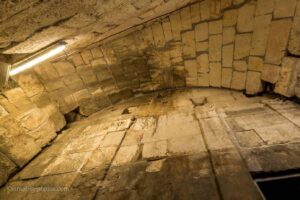Biratnagar: Industrial Hub in Eastern Nepal
Nestled in the southeastern plains of Nepal, Biratnagar is a bustling city known for its industrial prowess and vibrant culture. While it may not be the first destination that comes to mind for tourists, Biratnagar offers a unique blend of history, commerce, and local charm that makes it worth a visit. Whether you’re interested in exploring its industrial landscape, delving into its history, or simply soaking in the local culture, Biratnagar has something to offer.
What to See in Biratnagar
Biratnagar is not just about factories and industries; it has several attractions that can pique the interest of visitors. Start your exploration at the Koshi Tappu Wildlife Reserve, located about 90 kilometers from the city. This reserve is a haven for bird watchers and nature enthusiasts, home to a variety of bird species and the rare wild water buffalo.
In the city itself, you can visit the Biratnagar Jute Mills, the first large-scale industry in Nepal, which played a significant role in the country’s industrial development. Although the mill is not operational today, its historical significance remains.
For a taste of local culture, head to the vibrant markets of Biratnagar. The bustling bazaars offer everything from fresh produce to traditional Nepali handicrafts. Don’t miss the local street food, which provides a delicious insight into the region’s culinary traditions.
A Bit of History and Interesting Facts
Biratnagar has a rich history that dates back to ancient times. The city is named after King Birat, a character from the Mahabharata, an ancient Indian epic. Historically, Biratnagar was a significant trade center, and its strategic location made it a hub for commerce and industry.
The city gained prominence in the early 20th century with the establishment of the Biratnagar Jute Mills in 1936, marking the beginning of Nepal’s industrial era. This development attracted workers and entrepreneurs, transforming Biratnagar into the industrial heart of Nepal.
An interesting fact about Biratnagar is that it was the site of the first labor strike in Nepal, which took place in 1947. This event was a significant milestone in the country’s labor movement and is a testament to the city’s role in shaping Nepal’s industrial and political landscape.
Getting There and Tips for First-Time Visitors
Reaching Biratnagar is relatively straightforward. The city is well-connected by air and road. Biratnagar Airport, located just a few kilometers from the city center, offers regular flights from Kathmandu. If you prefer traveling by road, buses and private vehicles can take you from Kathmandu to Biratnagar, a journey that offers scenic views of the Terai plains.
For first-time visitors, it’s essential to plan your visit according to the weather. The best time to visit Biratnagar is during the cooler months from October to March, as the summer can be quite hot and humid. While in the city, consider hiring a local guide to help you navigate the bustling streets and explore the hidden gems that Biratnagar has to offer.
In terms of accommodation, Biratnagar has a range of options, from budget-friendly lodges to more comfortable hotels. It’s advisable to book in advance, especially during peak tourist seasons.
Biratnagar may not be a typical tourist destination, but its industrial heritage, cultural vibrancy, and historical significance make it a fascinating place to explore. Whether you’re there for business or leisure, the city offers a unique glimpse into the heart of Nepal’s industrial landscape.








